Curriculum Links
Australian Curriculum
Properties of the different states of matter can be explained in terms of the motion and arrangement of particles (ACSSU151)
– modelling the arrangement of particles in solids, liquids and gases
– using the particle model to explain observed phenomena linking the energy of particles to temperature changes
Differences between elements, compounds and mixtures can be described at a particle level (ACSSU152)
– modelling the arrangement of particles in elements and compounds
– recognising that elements and simple compounds can be represented by symbols and formulas
– locating elements on the periodic table
NSW
– describes the observed properties and behaviour of matter, using scientific models and theories about the motion and arrangement of particles SC4-16CW
– explains how scientific understanding of, and discoveries about, the properties of elements, compounds and mixtures relate to their uses in everyday life SC4-17CW
CW1 The properties of the different states of matter can be explained in terms of the motion and arrangement of particles. (ACSSU151)
a. describe the behaviour of matter in terms of particles that are continuously moving and interacting
b. relate an increase or decrease in the amount of heat energy possessed by particles to changes in particle movement
c. use a simple particle model to predict the effect of adding or removing heat on different states of matter
d. relate changes in the physical properties of matter to heat energy and particle movement that occur during observations of evaporation, condensation, boiling, melting and freezing
CW2 Scientific knowledge and developments in technology have changed our understanding of the structure and properties of matter.
a. describe the properties and uses of some common elements, including metals and non-metals
c. identify some examples of common compounds
e. describe at a particle level the difference between elements, compounds and mixtures, including the type and arrangement of particles (ACSSU152)
VIC
VCSSU096
The properties of the different states of matter can be explained in terms of the motion and arrangement of particles
– modelling the arrangement of particles in solids, liquids and gases
– using the particle model to distinguish between the properties of liquid water, ice and steam
VCSSU097
Differences between elements, compounds and mixtures can be described by using a particle model
– modelling the arrangement of particles in elements and compounds
– recognising that elements and simple compounds can be represented by symbols and formulas
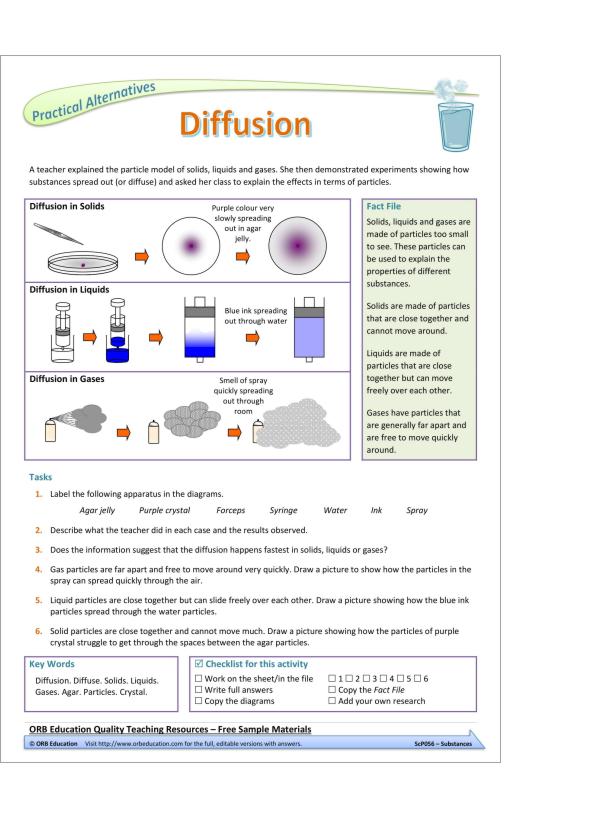
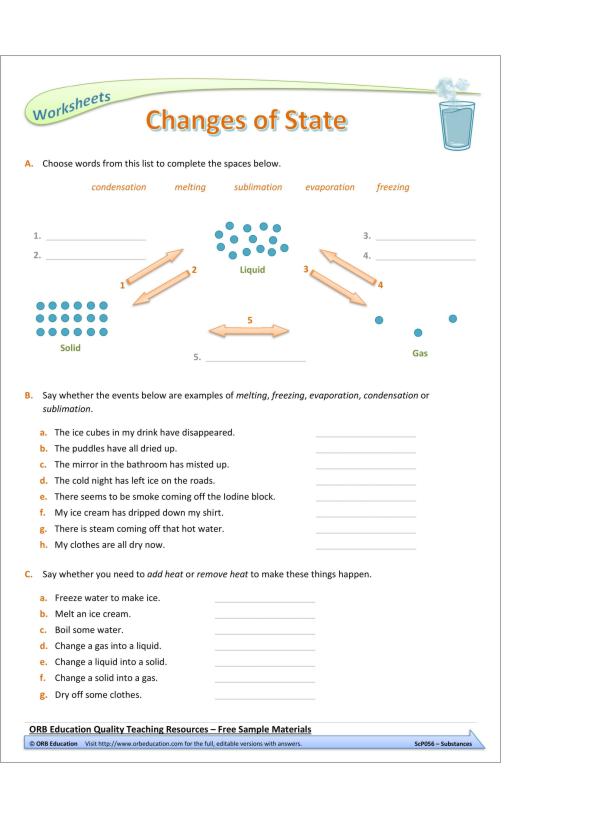

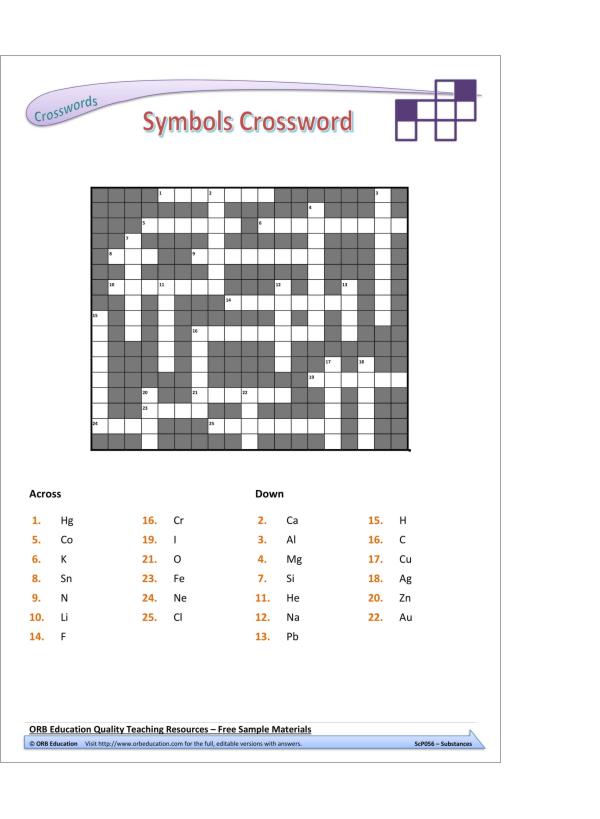
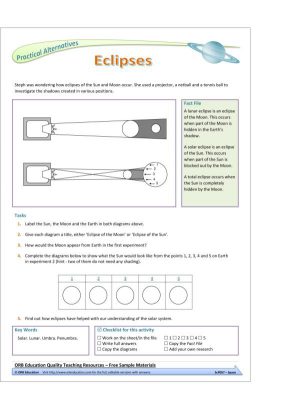
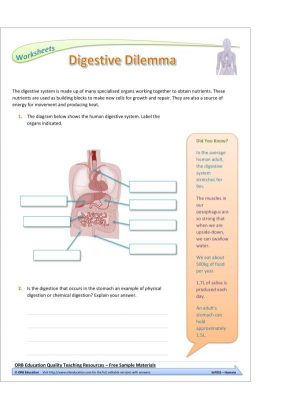
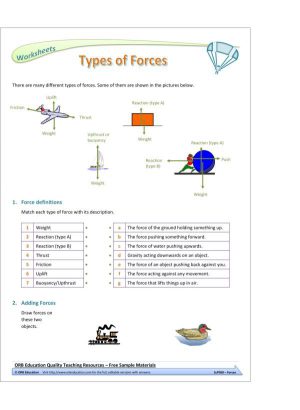
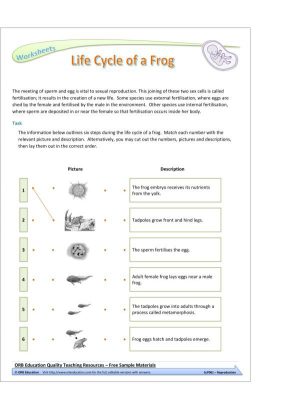
Reviews
There are no reviews yet.